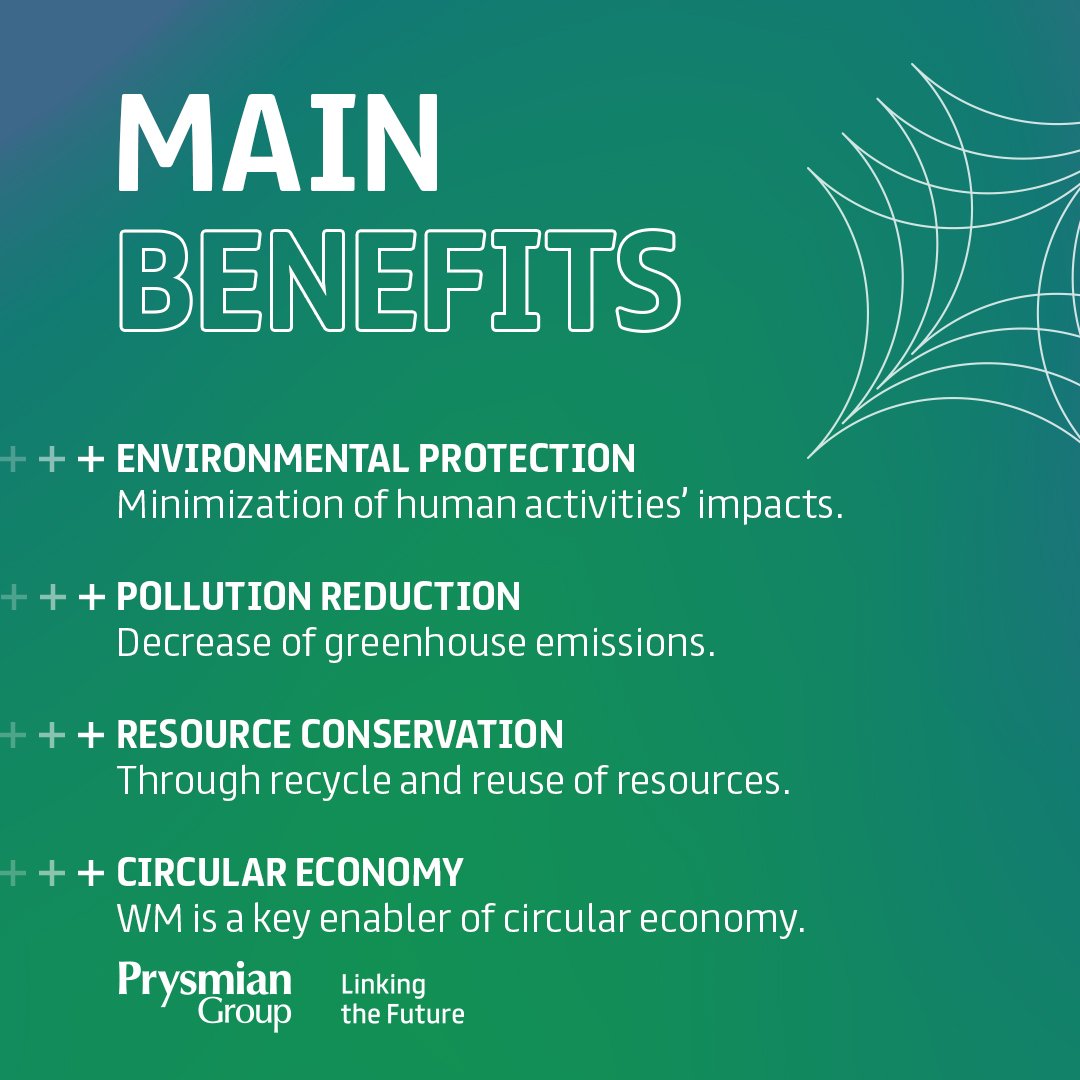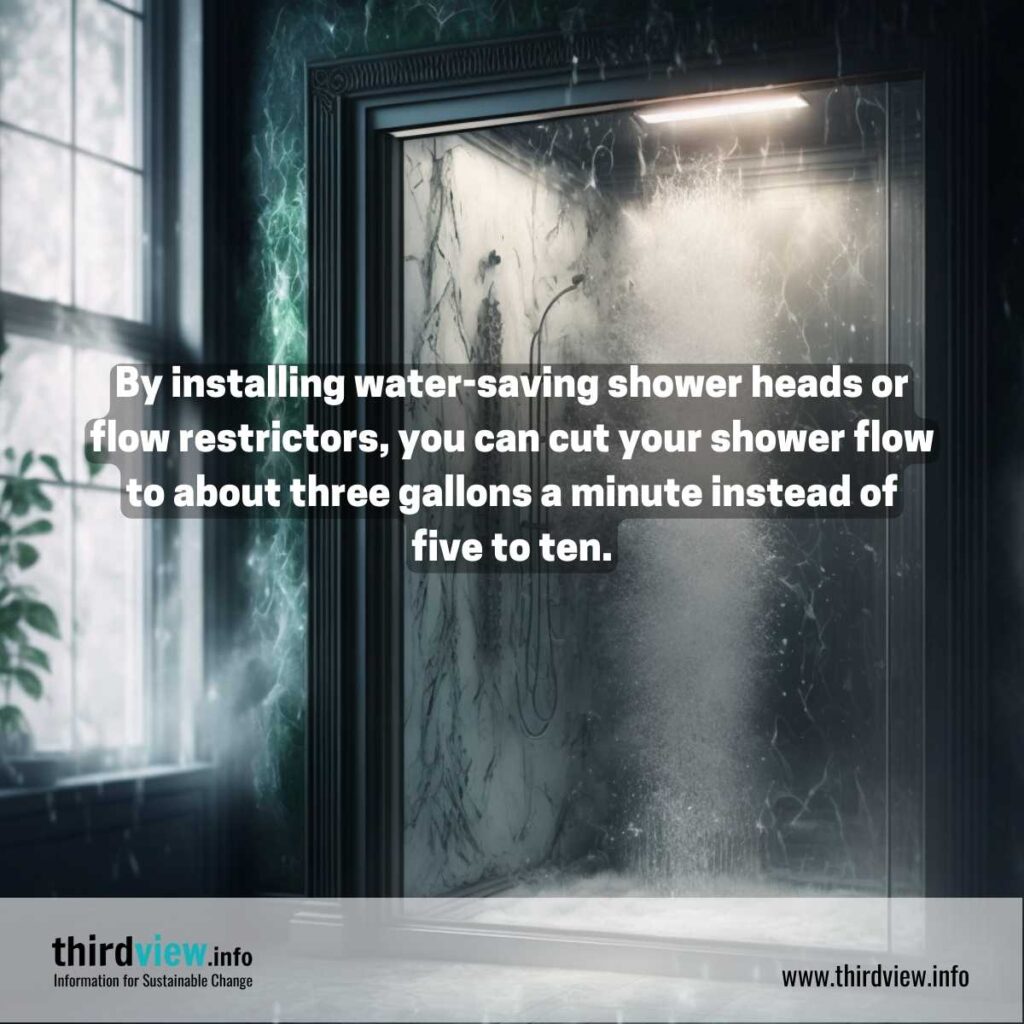Getting My Reclaim Waste To Work
Getting My Reclaim Waste To Work
Blog Article
4 Easy Facts About Reclaim Waste Shown
Table of ContentsThe 45-Second Trick For Reclaim WasteReclaim Waste Can Be Fun For AnyoneThe Basic Principles Of Reclaim Waste The Buzz on Reclaim WasteGetting My Reclaim Waste To Work
Domestic sewer waste refers to the waste and items from a residential septic storage tank. The appropriate monitoring and disposal of domestic sewer waste call for fluid waste to be transferred to a sewer treatment plant where the correct methods and devices are used to cleanse and dispose of waste.
Business waste often consists of prospective threats, such as combustible materials or a mix of liquid and solid waste products, and needs a more advanced and in-depth disposal procedure. The disposal of industrial waste normally involves the filtration of waste prior to transport to make sure secure and proper disposal. Hazardous waste is created from byproducts and drainage of commercial processes and production.
This kind of waste can not use the same sewage management transport or processes as septic or business liquids. The commercial waste monitoring procedure requires the examination and screening of fluid waste prior to it goes through the disposal process (liquid waste removal). Runoff waste is the liquid waste that originates from overflow and excess stormwater in highly inhabited areas or cities
Runoff waste can cause contamination and flooding if not taken care of properly. Find out more concerning sewer cleaning and waste monitoring. Ensuring proper waste monitoring can avoid catastrophes and lower environmental harm. Both people in residential setups and professionals in industrial or manufacturing sectors can take advantage of understanding the procedures and laws of liquid waste monitoring.
The Definitive Guide to Reclaim Waste
Contact PROS Services today to learn regarding our waste administration and disposal solutions and the appropriate methods to take care of the liquid waste you produce.
(https://www.pageorama.com/?p=reclaimwaste1)This so-called 'wastewater' is not only an essential resource but, after treatment, will be launched to our land, waterways or the sea. Made use of water from commodes, showers, bathrooms, cooking area sinks, laundries and industrial procedures is recognized as wastewater.

water used to find out here cool down equipment or tidy plant and equipment). Stormwater, a type of wastewater, is drainage that streams from agricultural and city locations such as roofs, parks, gardens, roads, paths and gutters into stormwater drains, after rain. Stormwater streams untreated straight to regional creeks or rivers, eventually reaching the ocean.
Unknown Facts About Reclaim Waste
In Queensland, the majority of wastewater is treated at sewage therapy plants. Wastewater is carried from residential or industrial sites through a system of sewers and pump stations, called sewage reticulation, to a sewage therapy plant. Neighborhood governments develop, maintain and run most sewer treatment plants. Operators are certified under the Environmental Defense Act 1994 to release cured wastewater at an acceptable environmental criterion into waterways.
The Division of Natural Resources suggests city governments about managing, operating and keeping sewage systems and therapy plants. In unsewered locations, neighborhood federal governments might require owners to install specific or home sewage therapy systems to treat residential wastewater from bathrooms, kitchens, bathrooms and washings. The Division of Natural Resources authorizes using household systems when they are proven to be efficient.
A lot of stormwater obtains no therapy. In some brand-new neighborhoods, therapy of some stormwater to eliminate clutter, sand and gravel has actually begun utilizing gross toxin traps. Wastewater therapy takes place in 4 phases: Removes solid matter. Larger solids, such as plastics and various other items wrongly released to sewage systems, are eliminated when wastewater is gone through displays.
Utilizes tiny living organisms understands as micro-organisms to break down and get rid of continuing to be liquified wastes and great particles. Micro-organisms and wastes are incorporated in the sludge.
Reclaim Waste Things To Know Before You Buy
Nutrient elimination is not offered at all sewage treatment plants because it needs costly specialized devices. Clear liquid effluent generated after treatment might still include disease-causing micro-organisms - liquid waste disposal melbourne.

This typically suggests wastewater needs to be dealt with or impurities removed before it can be released to waterways. Most wastewater moves into the sewage system. Under the Act, local governments provide authorizations and licences for environmentally relevant activities (Ages) including wastewater releases that may have a neighborhood influence. The department carries out approvals and permits to ERAs entailing wastewater launches that might have a local or statewide impact.
Reclaim Waste Fundamentals Explained
Surveillance provides factual details concerning water quality and can verify that licence problems are being met. The info obtained through monitoring gives the basis for making water high quality decisions.
Report this page